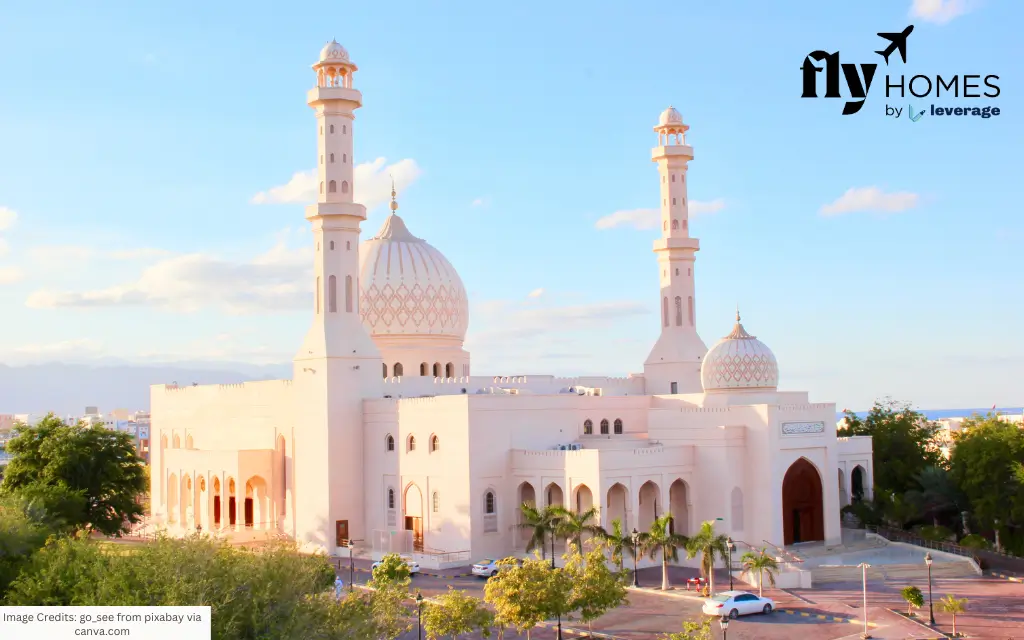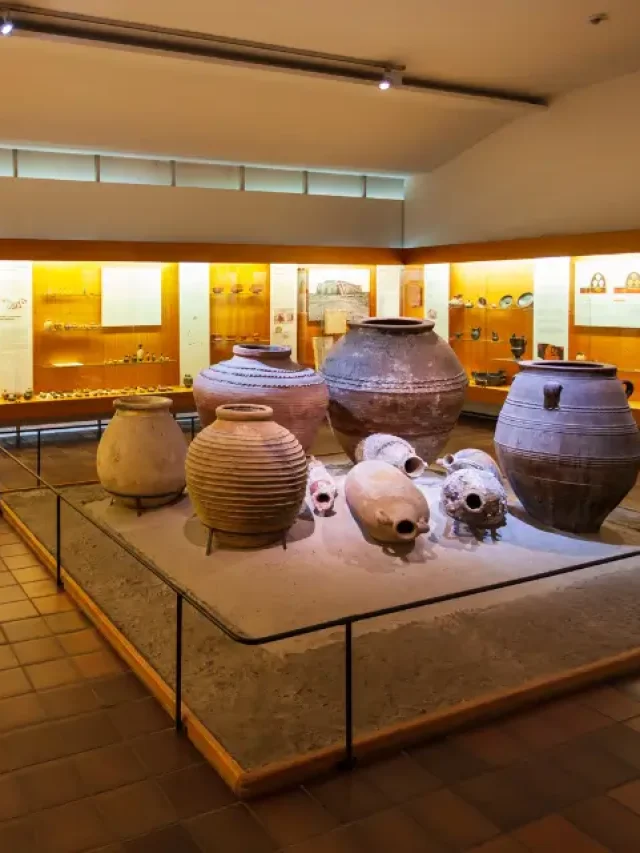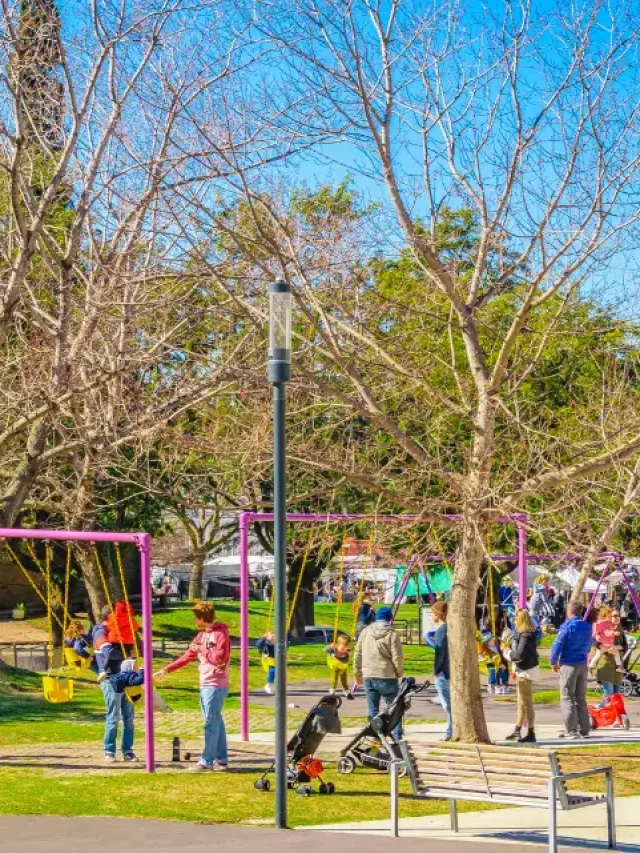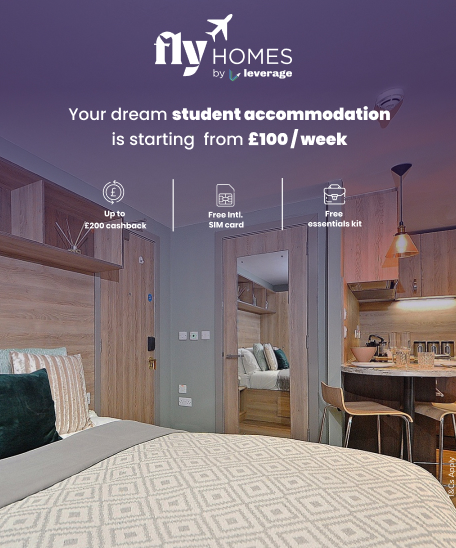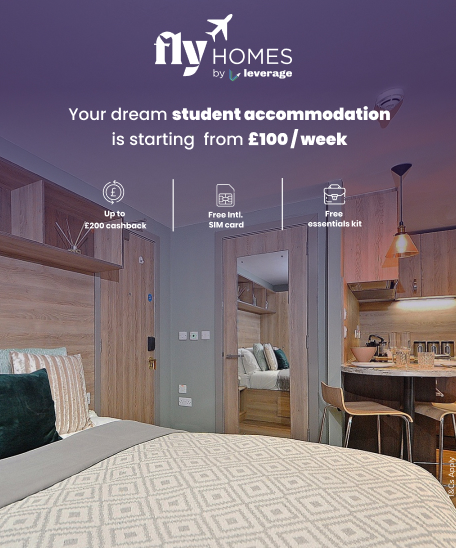Moving to a new country for studies is exciting, but it also comes with financial concerns. If you’re planning to study in Oman, one of the biggest questions on your mind is: What is the cost of living in Oman?
Don’t worry! This guide will give you a clear picture of the expenses, including rent, food, transport, utilities, and studying costs. Let’s break down the cost of living in Oman so you can plan your budget effectively.
Table of contents
- Cost of Living in Oman Per Month
- Costs of Accommodation in Oman
- Cost of Studying in Oman
- Cost of Food in Oman
- Costs of Transportation in Oman
- Cost of Utilities in Oman
- Miscellaneous Costs in Oman
- Comparison: Cost of Living in Oman vs. Other Gulf Countries
- Tips for Managing Living Costs in Oman
- FAQs on the Cost of Living in Oman 2025
Cost of Living in Oman Per Month
Understanding the cost of living in Oman per month is essential for budgeting. Expenses vary based on lifestyle, location, and family size. From rent and food to transportation and utilities, here’s a breakdown of what you can expect to spend in Oman.
| Expense Category | Average Cost (OMR/month) | Price Range (OMR) |
| Accommodation (1-bedroom) | 166.00 | 100.00 – 400.00 |
| Food & Groceries | 50.00 | 30.00 – 100.00 |
| Transportation | 25.00 | 20.00 – 60.00 |
| Utilities & Internet | 66.00 | 55.00 – 90.00 |
| Entertainment & Leisure | 20.00 | 10.00 – 50.00 |
| Clothing & Shopping | 30.00 | 15.00 – 50.00 |
| Education (if applicable) | 276.00 | 150.00 – 600.00 |
Estimated Monthly Cost of Living: 350 – 900 OMR (varies based on lifestyle).
Costs of Accommodation in Oman
Rent is one of the biggest expenses for students. Rental prices vary based on location, property type, and amenities. Cities like Muscat are more expensive, while smaller towns are budget-friendly. Whether you choose an apartment or a villa, knowing the costs helps in better financial planning. Below are the average costs of accommodation in Oman.
| Type of Accommodation | Average Cost (OMR/month) | Price Range (OMR) |
| 1-bedroom apartment in city center | 197.09 | 120.00 – 400.00 |
| 1-bedroom apartment outside city center | 134.85 | 100.00 – 300.00 |
| 3-bedroom apartment in city center | 358.86 | 185.00 – 650.00 |
| 3-bedroom apartment outside city center | 239.03 | 150.00 – 400.00 |
Accommodation Options for Students:
- University Dorms – The most budget-friendly option (OMR 80 – 150 per month).
- Shared Apartments – Rent a room with other students (OMR 100 – 200 per month).
- Studio Apartments – More privacy but higher rent (OMR 180 – 250 per month).
Cost of Accommodation by City in Oman
The cost of accommodation in Oman depends on the city you choose. Muscat, being the capital, is the most expensive, while smaller cities like Sohar and Nizwa offer more affordable options. Here’s a breakdown of average monthly rent costs in different cities:
| City | 1-Bedroom Apartment (City Center) | 1-Bedroom Apartment (Outside City Center) | Shared Accommodation |
| Muscat | USD 500 – USD 900 | USD 300 – USD 600 | USD 150 – USD 300 |
| Salalah | USD 350 – USD 700 | USD 250 – USD 500 | USD 100 – USD 250 |
| Sohar | USD 300 – USD 600 | USD 200 – USD 400 | USD 100 – USD 200 |
| Nizwa | USD 250 – USD 500 | USD 150 – USD 350 | USD 80 – USD 200 |
Also Read:
- Cost of Living in North Carolina: Updated Living Cost 2025
- Cost of Living in Nottingham: 2025 Updated Guide
Cost of Studying in Oman
Studying in Oman is another aspect of the cost of living in Oman. Tuition fees vary by university and course, typically ranging from OMR 1,500 to 6,000 per year. Living costs, including accommodation and food, are also budget-friendly. Below is a breakdown of tuition fees at some of the top universities in Oman.
| University | Undergraduate Fees (per year) | Postgraduate Fees (per year) |
| Sultan Qaboos University | USD 3,000 – USD 5,000 | USD 4,000 – USD 7,000 |
| University of Nizwa | USD 4,500 – USD 7,000 | USD 5,500 – USD 8,000 |
| German University of Technology (GUtech) | USD 5,000 – USD 8,000 | USD 6,000 – USD 10,000 |
| Muscat University | USD 7,000 – USD 10,000 | USD 8,000 – USD 12,000 |
| Dhofar University | USD 3,500 – USD 6,000 | USD 4,500 – USD 7,500 |
Below are the estimated tuition costs in Oman as per the Public and Private universities:
| University Type | Annual Tuition (OMR) | Annual Tuition (USD) |
| Public Universities | 1,500 – 4,000 | 3,900 – 10,400 |
| Private Universities | 4,000 – 10,000 | 10,400 – 26,000 |
Additional Study Expenses:
- Books & Study Materials – OMR 50 – 150 per semester
- Student Housing – OMR 80 – 150 per month
Tip: Scholarships are available for international students. Check with your university!
Cost of Food in Oman
The cost of food in Oman depends on your lifestyle and eating habits. While local markets offer affordable groceries, dining at restaurants can be expensive. On average, a meal at a mid-range restaurant costs around OMR 3–5. Here’s what some common food items cost:
| Item | Average Cost (OMR) | Price Range (OMR) |
| Meal at an inexpensive restaurant | 2.00 | 1.00 – 4.41 |
| Meal for two at a mid-range restaurant | 10.00 | 6.50 – 34.00 |
| McDonald’s combo meal | 3.00 | 2.50 – 4.00 |
| Cappuccino | 1.82 | 1.00 – 3.00 |
| Loaf of fresh white bread (500g) | 0.45 | 0.30 – 1.00 |
| Milk (1 liter) | 0.72 | 0.45 – 1.10 |
| Rice (1 kg) | 0.72 | 0.41 – 1.00 |
| Eggs (12) | 0.95 | 0.60 – 1.50 |
| Chicken fillets (1 kg) | 2.19 | 1.10 – 3.50 |
| Apples (1 kg) | 0.95 | 0.50 – 1.50 |
Tip: Cooking at home can save you a lot of money. Groceries in Oman are reasonably priced, and fresh produce is available at local markets.
Costs of Transportation in Oman
Transportation in Oman can also impact your cost of living in Oman. It is affordable and convenient, whether you use public transport, taxis, or personal vehicles. The cost varies based on fuel prices, taxi fares, and car rentals. Since public transport is limited, many residents prefer owning a car. Let’s explore the different transportation costs in Oman.
| Mode of Transport | Average Cost (OMR) | Price Range (OMR) |
| One-way local transport ticket | 0.50 | 0.30 – 0.60 |
| Monthly transport pass | 22.50 | 20.00 – 25.00 |
| Taxi start fare | 1.20 | 1.00 – 1.50 |
| Taxi fare per km | 0.30 | 0.20 – 0.60 |
| Gasoline (1 liter) | 0.24 | 0.23 – 0.24 |
Cost of Utilities in Oman
The cost of utilities is also a part of the cost of living in Oman and is relatively affordable compared to Western countries. Expenses like electricity, water, internet, and gas vary based on usage and location. While locals benefit from subsidies, expats may pay higher rates. Understanding these costs in the table below can help in budgeting for a comfortable lifestyle in Oman.
| Utility | Average Cost (OMR/month) | Price Range (OMR) |
| Electricity, water, cooling (85m² apartment) | 37.34 | 30.00 – 53.37 |
| Mobile phone plan (with calls and 10GB+ data) | 15.90 | 8.00 – 25.00 |
| Internet (60 Mbps, unlimited) | 28.50 | 25.00 – 36.00 |
Tip: Many student accommodations include utilities in the rent, so check before renting a place.
Also Read:
Miscellaneous Costs in Oman
Apart from tuition fees and rent, students should also consider other daily expenses. These include entertainment and personal costs. While Oman is affordable compared to other Gulf countries, planning your budget for these additional expenses is important. Here’s a breakdown of common miscellaneous costs:
| Expense | Average Monthly Cost (OMR) | Average Monthly Cost (USD) |
| Entertainment | 20 – 50 | 52 – 130 |
| Dining Out | 30 – 70 | 78 – 182 |
| Gym Membership | 10 – 30 | 26 – 78 |
| Personal Expenses | 20 – 50 | 52 – 130 |
Comparison: Cost of Living in Oman vs. Other Gulf Countries
Living costs vary across the Gulf region, and Oman stands out as a budget-friendly option for students. Compared to the UAE and Qatar, Oman offers affordable housing, transportation, and daily expenses. Let’s compare the average monthly costs to help you make an informed decision.
| Country | Average Monthly Living Cost (USD) |
| Oman | USD 650 – USD 1,400 |
| UAE (Dubai) | USD 1,500 – USD 3,000 |
| Qatar | USD 1,200 – USD 2,500 |
| Saudi Arabia | USD 800 – USD 1,800 |
Why Choose Oman?
Oman is more affordable than the UAE and Qatar. This makes it a great option for students who want quality education without high living costs. Here is what makes Oman more affordable:
- Lower Housing Costs – Renting a student apartment in Oman is cheaper compared to Dubai or Doha.
- Affordable Transportation – Public transport and fuel costs are lower, reducing daily expenses.
- Reasonable Food Prices – Eating out and groceries cost less than in major cities like Dubai or Riyadh.
- Budget-Friendly Lifestyle – While Oman offers a high standard of living, entertainment and leisure activities are often more affordable.
Tips for Managing Living Costs in Oman
Studying in Oman can be a fantastic experience, but managing your expenses wisely is crucial. Some of the tips you should keep in mind while living in Oman. Here’s a detailed guide on how to handle your living costs effectively.
- Budget Wisely: Oman has a relatively affordable cost of living compared to Western countries, but expenses can add up quickly. Keeping track of your spending is key.
- Make a budget: List all your expected expenses, including rent, food, transportation, and entertainment.
- Use budgeting apps: Apps like Mint or PocketGuard can help you monitor where your money is going.
- Set spending limits: Prioritize essential expenses like rent and food before spending on non-essentials.
- Find Affordable Housing: Accommodation is one of the biggest expenses for students.
- Look for student dorms: Many universities in Oman offer on-campus housing, which is often cheaper and more convenient.
- Consider shared apartments: Renting with roommates can cut your housing costs significantly.
- Check outside the city center: Rent is much cheaper in the suburbs than in central areas.
- Cook at Home: Food costs can be high if you eat out frequently. A meal at an inexpensive restaurant costs around 2 OMR, while a three-course meal for two can go up to 10 OMR.
- Shop smart: Buy groceries from local markets rather than high-end supermarkets.
- Plan meals: Cooking in bulk saves time and money.
- Avoid fast food: While a McDonald’s meal costs 3 OMR, a home-cooked meal is much cheaper and healthier.
- Use Public Transport: Taxis in Oman can be expensive, with a starting fare of 1.20 OMR and 0.30 OMR per km. Instead:
- Take buses: A one-way ticket on public transport costs only 0.50 OMR.
- Walk or cycle: If possible, choose walking or biking for shorter distances to save money.
- Carpool with friends: If you need to take a taxi, share the cost with others.
- Apply for Scholarships: Studying in Oman can be more affordable with the help of scholarships.
- Check university grants: Many Omani universities offer scholarships for international students.
- Look for government funding: Some government programs provide financial aid to students.
- Apply early: Many scholarships have deadlines, so apply as soon as possible.
The cost of living in Oman is affordable compared to other Gulf countries, making it a great destination for students. By budgeting wisely and making smart choices, you can manage your expenses without stress.
Hope you liked reading our blog about the Cost of Living in Oman. For a stress-free stay during your study abroad adventure, choose Fly Homes. Call 1800572118 to reserve your ideal accommodation abroad with ease.
FAQs on the Cost of Living in Oman 2025
The cost of living in Oman for students is around OMR 200–400 per month. This includes rent, food, transport, and other essentials. Costs vary based on lifestyle and location.
Student accommodation costs OMR 100–250 per month. University dorms are cheaper, while private apartments are more expensive. Sharing a flat reduces costs.
No, food is affordable in Oman. Eating at university cafeterias costs around OMR 1–3 per meal. Cooking at home is cheaper, while dining out at restaurants can cost OMR 5–10.
Public transport in Oman is limited. Buses cost around OMR 0.30–0.50 per trip. Taxis and ride-hailing services like Mwasalat and Uber are available but cost more.
Basic utilities like electricity, water, and internet cost around OMR 30–60 per month. Costs depend on usage and accommodation type.
Yes, the cost of living in Oman is lower than in many Western countries. Affordable housing, food, and transport make it budget-friendly for students.
A mobile plan with data costs OMR 5–15 per month. Home internet services range from OMR 15–40, depending on speed and provider.
Basic healthcare is affordable. A doctor’s visit costs OMR 10–20, while health insurance for students is around OMR 50–100 per year.
A student spends around OMR 300–500 per month, covering rent, food, transport, and entertainment. Costs vary based on lifestyle.
Yes, groceries are reasonably priced. A student can manage with OMR 30–60 per month for essentials like rice, vegetables, and dairy.
Follow Us on Social Media
